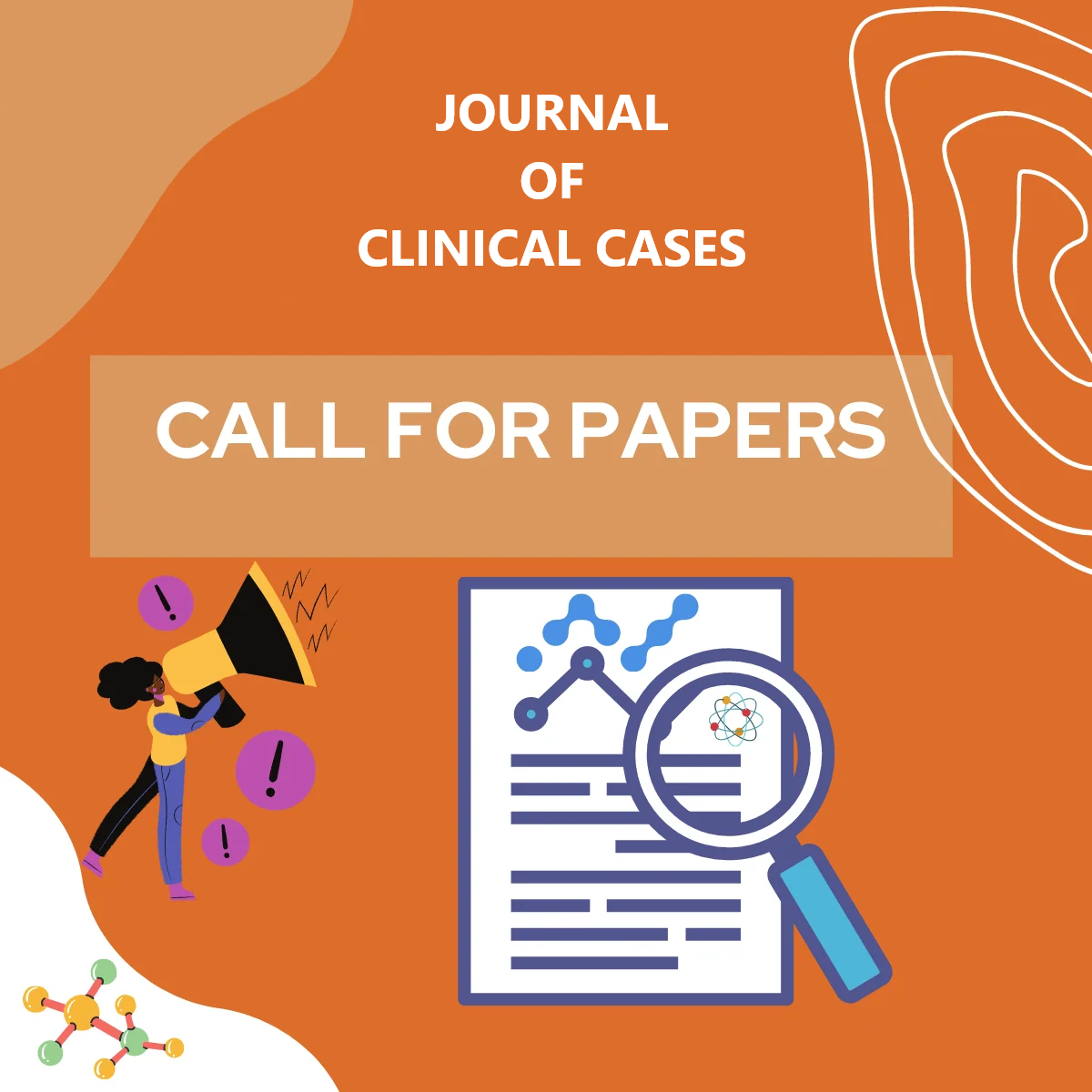Journal Citations
- Crossref
- PubMed
- Semantic Scholar
- Google Scholar
- Academia
- SCRIBD
- ISSUU
- Publons
- MENDELEY
Share This Page
Journal Page

Clinico-Microbiological Profile And Treatment Outcomes Of Patients With Isoniazid Monoresistant Tuberculosis
Venkata Prasanna M, Pajanivel R, Muthuraj R , Vimal Raj R, Govindarajan S
1. Department of Respiratory Medicine, Mgmcri, Puducherry,
607402, India.
2. Intermediate Reference Laboratory, Puducherry
3. State Tuberculosis unit Officer , Puducherry
Corresponding Author: Venkata Prasanna M
Published Date: 26 Aug 2024 ; Received Date: 09 Aug 2024
ABSTRACT
Background:Isoniazid (INH) is an essential first-line medication for the treatment of tuberculosis.
Aıms And Objectıves:Tuberculosis drug resistance on treatment outcomes is a topic that is receiving a lot of attention.
Methods:The study was approved by the Institutional Review Board of Mgmcri (Mgmcri/Res/01/2020/80/IHEC/303 Date:04/03l2021) and performed in accordance with the principles of the Declaration of Helsinki. The study involves a single group of patients who have been diagnosed with Isoniazid monoresistant tuberculosis. Treatment history and demographic data of the patients were obtained after informed consent. Analysis of multiplex PCR and Line Probe Assay (LPA), observed mutation patterns.
Reuslts:Gene responsible for TB was KATG (67.3%), and it was a prime mutation observed (58.41%). Positive association with males (74%), occupation as coolie (88%), Diabetes as a comorbidity (33%), pulmonary tuberculosis as the TB site (98.01%), history of previous ATT intake in 43 patients, katG mutation (67.3%) . The cure rate was high in INH high-concentration resistance patients,which was statistically significant (p=0.0167). INH monoresistance mutations are seen in 64.3% of the patients with kat G, compared to inh A (34.65%).
Conclusion: Significant association between males, Diabetes, smoking and alcohol addictions were associated with a high risk of developing high-dose INH monoresistance. Patients who are microbiologically confirmed with pulmonary tuberculosis and Diabetes with rifampicin. Sensitive needs to be checked for LPA for Isoniazid to prevent treatment failure.
KeywordsINH-resistant, LPA, ATT, katG, inhA

